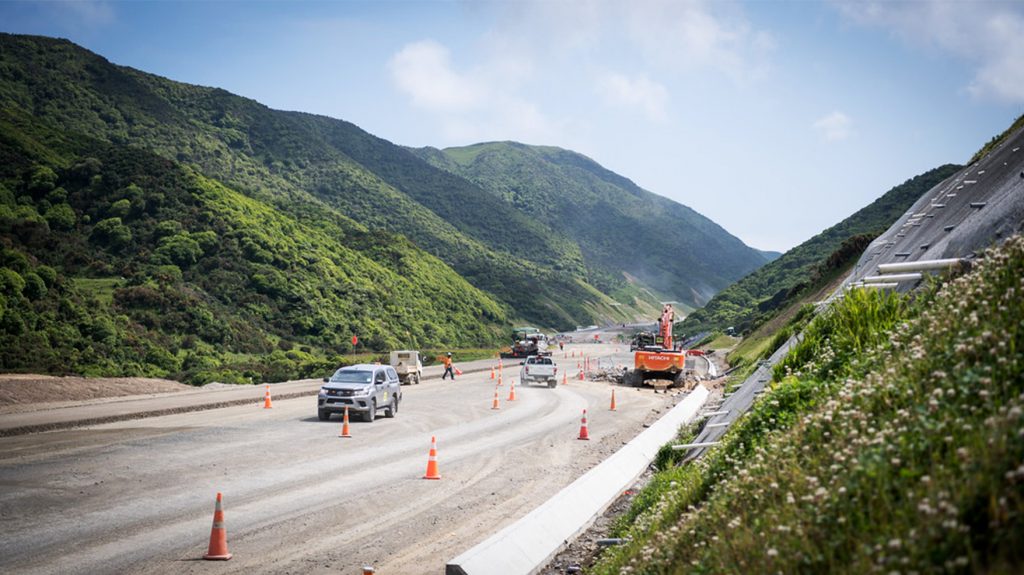As recession bites, cash-strapped nations will need private finance to fund new projects, however the public private partnership model only works if specific risks are borne by the party best able to manage them
By David Ashmore, Philip Bates, and Martina Dampf

In recent years, many countries have turned to private finance as a means of funding infrastructure because often, the private sector is best placed to mobilise substantial funding within short time frames. The most common model is the Public Private Partnership (PPP).
Given the high volume of transactions and relatively straightforward construction profile, compared to say a rail system, toll roads have become an asset where the PPP model has been used extensively. Generally, a private concession company is paid by a government to design, build, finance, operate, and maintain a road to a certain standard over a period of decades.
In cases where the operator keeps the tolling revenue, this is used to pay off the finance incurred and the cost of maintenance. If the tolls revert to the government, the letting body typically pays the operator for capital cost, finance charges, and maintenance in a series of lump payments, commonly known as “availability payments” which are, as the term implies, paid to the operator for making the asset available. At the end of the agreed concession period the state reclaims ownership of the asset or re-lets it to the market.
As they do not involve a large outlay of public capital to build, and place performance risk back onto the asset provider, PPPs are well regarded by multilateral institutions and commercial lenders alike. The PPP model only works effectively, however, if specific risks are borne by the party best able to manage them.
If a risk, for example labour cost risk, is not allocated or indexed correctly, then a project has a higher risk of failure either during construction or once operational. In some cases, it may not even come to fruition due to being unable to raise sufficient funding.
What usually causes a project to fail is the public sector placing excessive risk onto the private sector. If this happens, one of two outcomes usually occurs.
Firstly, the private sector cannot accept the bundle of risks and the project never gets off the ground.
Secondly, an overly ambitious private sector entity will take on the excess risk, and once hurdles are encountered, for example a fuel price spike, the project will fold. In the former case the economy is left without a market driver. In the latter case, often everybody loses money.
Cash-strapped Asian emerging market governments often lack the funds to build the large-scale infrastructure projects which underpin sustained economic prosperity.
Due to skills shortages, currency risk on imported equipment, and procurement capability, countries in emerging economies often struggle to package and deliver a successful PPP.
Project sponsors in emerging Asian nations can lower the risk of project failure by examining what went wrong in other countries at a similar stage in their development cycle, and by allocating risk appropriately.
When undertaking a post-mortem on many toll road disasters it is usually possible to find one of three causes for their demise.
The experience and capacity of the procuring entity
PPPs are tailor-made and as such require experienced experts who understand the intricacies of such projects from a legal, financial, and technical perspective. It is almost impossible to assemble a team of experts covering all areas of required expertise in-house. The procuring entity therefore has to be willing and able to spend substantial amounts of funds on external experts rather than taking it on itself to develop and negotiate a project.
Successful contracts, however, can be replicated and refined over time. A successful example are the German A-Model projects where the concession contract of the first A-Model, the A8 between Ulm and Augsburg, became the template for the government’s programme and was further refined over the years to come. A key refinement was the switch from usage risk to
Asset availability payments following the Global Financial Crisis – this is an excellent example of learning to adapt risk allocation as circumstances evolve.
Costs
An overly ambitious project which incurs too much capital expenditure, or is at high risk of cost overrun, will find no private sector uptake – the private sector has to be able to recover its costs while making some reasonable profit in return.
Risk sharing can be considered wherein the government guarantees certain revenues but shares in upsides exceeding certain thresholds: often referred to as “cap and collar”. Similar to availability payments, these schemes are equally palatable to investors and lenders alike, whilst at the same time shielding the government from excessive risk exposure.
Risk sheltering can also be temporal in nature. A good example was the DLR Lewisham Extension where the first half of the concession consisted of availability payments to shelter the concessionaire from usage risk as employment at Canary Wharf rapidly increased; once this new major employment expansion area for the city of London had developed, the contract shifted to usage-based payment
Insufficient risk insulation for the private sector
The private sector requires certain commitments from the government such as guaranteed increase of user-charges over the years and contractual assurance that the government will not discriminate against the project.
Moreover, risk needs to be hard-wired into a PPP contract to account for market inflation. For example current toll road concessions in France include indexing provisions linked to inflation for the construction price between today and when construction begins, to reflect the significant uncertainty at the present over how prices are evolving.
Managing these issues is key to the successful implementation of crucial infrastructure which can lift up entire markets and impact generations in the future. But it’s important to study where PPPs went wrong to ensure a project is successfully delivered.
Often it is necessary to listen to the wisdom of Confucius: “A person who has committed a mistake and doesn’t correct it is committing another mistake”.
Contributors:
- Dave Ashmore is Associate Director in Oxford Economics’ Transactions Advisory Business
- Philip Bates is Director of PDBConsult Ltd
- Martina Dampf is Business Development Director at TYLin, Philippines








